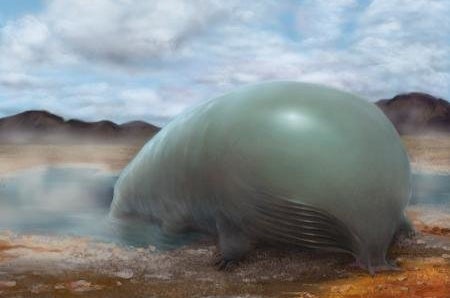For decades, scientists have debated whether life on Earth could have evolved to be based on silicon rather than carbon.
And science fiction writers have long explored the notion of silicon-based alien life, like the lumpy Horta creatures in Star Trek.
Now a groundbreaking study at Caltech shows that living organisms really can be persuaded to make use of the common chemical.
Bacteria were selectively bred to create silicon-carbon bonds, prompting a new concept of organosilicon-based life.

But the breakthrough has consequences far beyond alien life.
Silicon-carbon molecules are found in pharmaceuticals, agricultural chemicals, paints, semiconductors, and computer and TV screens.
The research, published in Science, paves the way for scientists to create the materials organically rather than synthetically, reducing the cost of production and its environmental impact.
“We decided to get nature to do what only chemists could do—only better,” said Frances Arnold, Caltech’s Dick and Barbara Dickinson Professor of Chemical Engineering, Bioengineering and Biochemistry, and principal investigator of the study.
Relying on a process called directed evolution, Arnold and her colleagues bred an enzyme with the chosen properties.
“It’s like breeding a racehorse,” Arnold said. “A good breeder recognizes the inherent ability of a horse to become a racer and has to bring that out in successive generations. We just do it with proteins.”
After three rounds of selection, the scientists had an enzyme that can make silicon-carbon bonds 15 times more efficiently than any other catalyst.
Better still, the enzyme is super picky, meaning it produces fewer unwanted byproducts which have to be removed after.
Reflecting on whether life can naturally evolve to use silicon, Arnold said it’s up to nature:
“This study shows how quickly nature can adapt to new challenges. The DNA-encoded catalytic machinery of the cell can rapidly learn to promote new chemical reactions when we provide new reagents and the appropriate incentive in the form of artificial selection.
“Nature could have done this herself if she cared to.”
